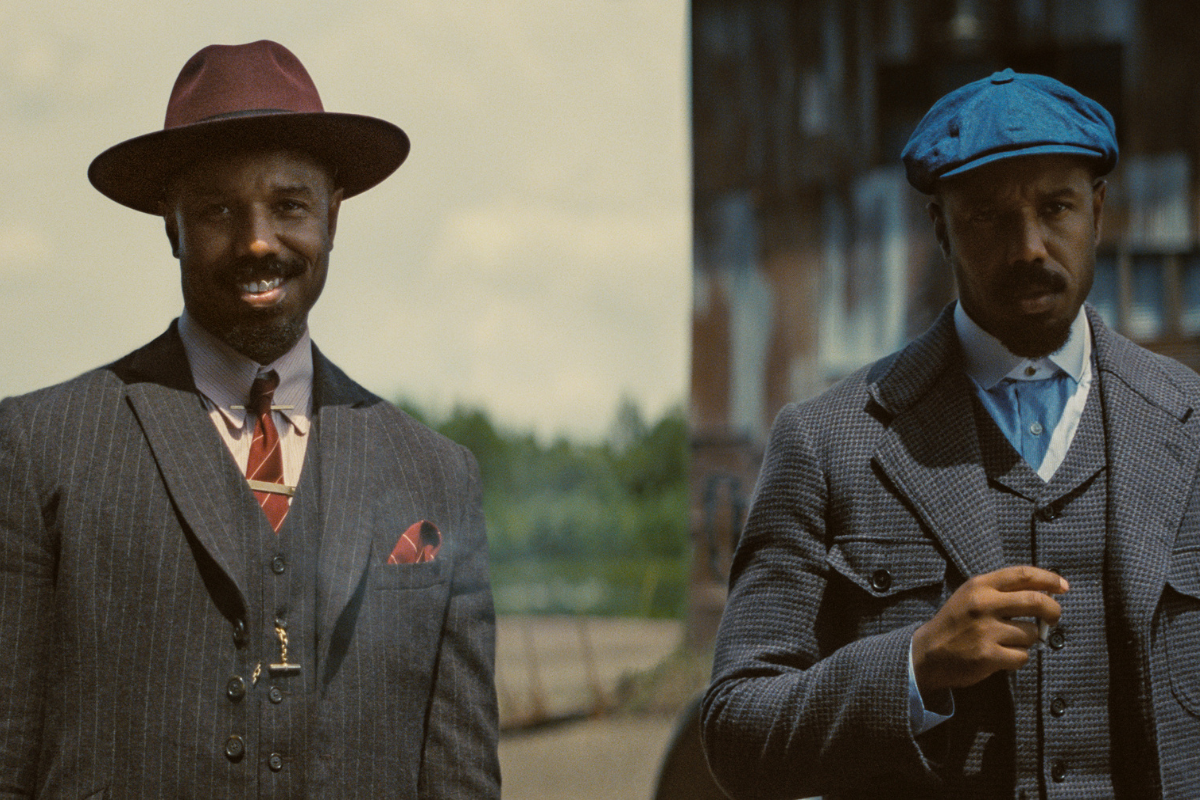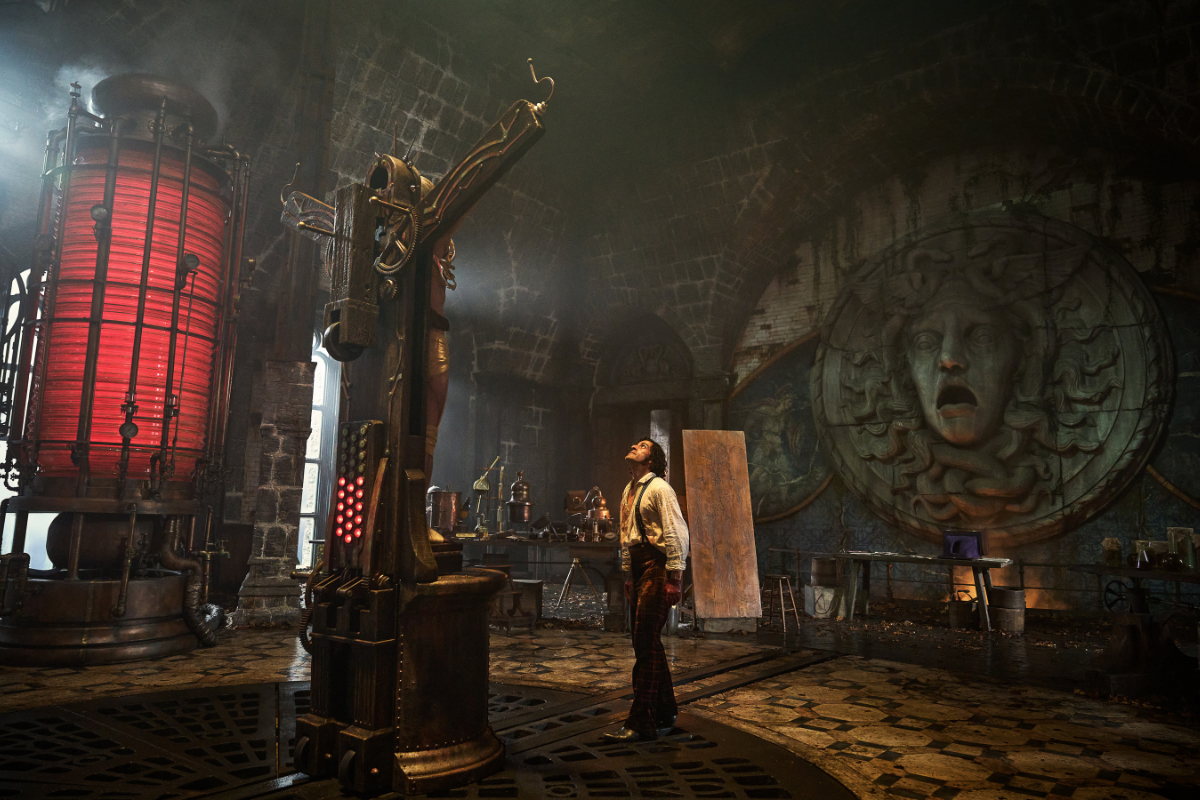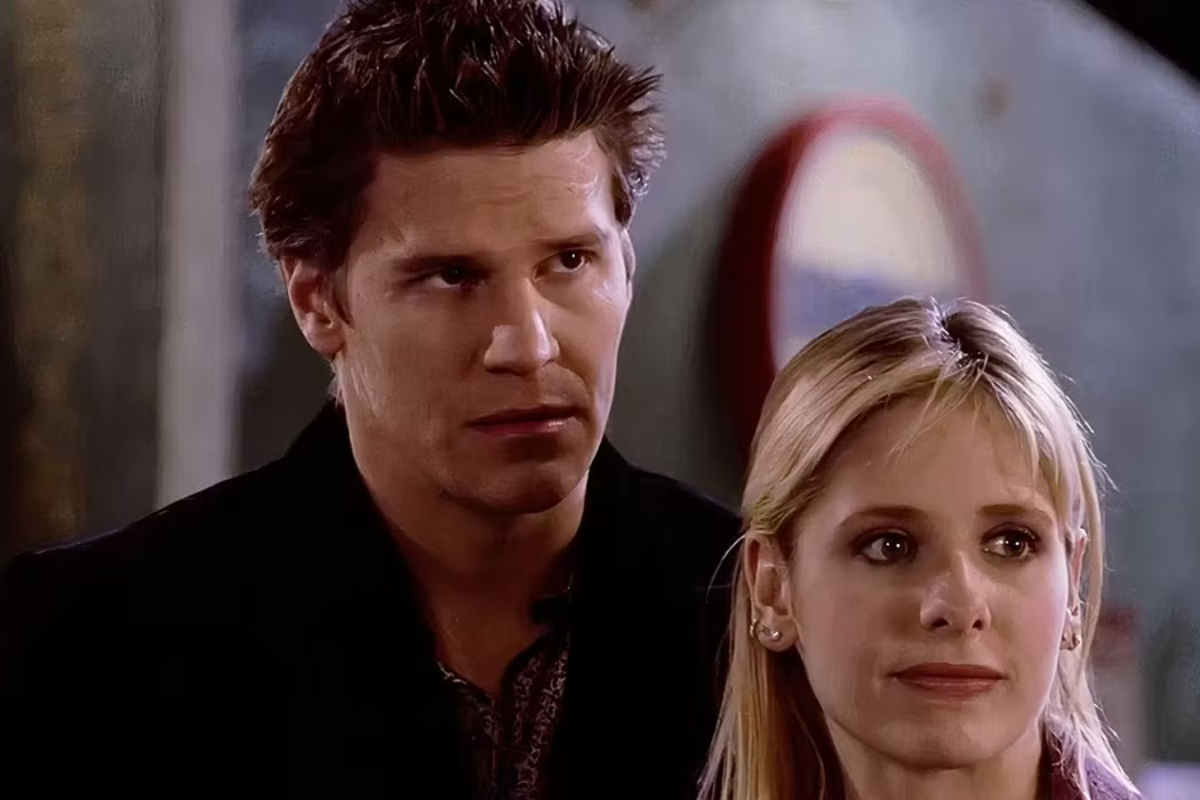Storytelling Strategies: Fruitvale Station vs. Blake Snyder
“You can’t teach writing!” declares Gabe Roth, a character played by Woody Allen in Allen’s 1992 film Husbands and Wives. We’ve come a long way since 1992; that very same…
“You can’t teach writing!” declares Gabe Roth, a character played by Woody Allen in Allen’s 1992 film
Husbands and Wives.
We’ve come a long way since 1992; that very same year, Christopher Vogler came out with The Writer’s Journey, which provided twelve stages that a character should endure during the course of a story, and in 2005 came Save The Cat, by my former Chapman University colleague Blake Snyder, who topped Vogler with fifteen, and even included appropriate page numbers for the stages (“beats”).
These two books have been very popular, and to varying degrees a great many successful films can be analyzed in a way consistent with one or the other, or both. In that way, their popularity is understandable, and for someone new to the craft, they have tremendous appeal as a shortcut to learning.
Then along comes a successful film like Fruitvale Station (written and directed by Ryan Coogler) -- the Grand Jury Prize-winner at the Sundance Film Festival.
Uh-Oh
Does the main character, Oscar Grant (played by Michael B. Jordan), have a “Call to Adventure” (Stage 2, per Vogler) in any meaningful sense? Lying to people about losing his job -- and failing to get it back? And who is his mentor, and what training does he get for this adventure he is supposed to be anticipating (Stage 4)?
True enough, he decides to come clean about his job loss to his girlfriend, and to go straight -- perhaps that qualifies as “Crossing the Threshold” (Stage 5)? However, it’s somewhere in the middle of the film, instead of its prescribed place at the end of act one.
As to the “The Resurrection” (Stage 11) and “Return with the Elixir (Stage 12),” I hesitate to spoil it for anyone, but unless the elixir is Oscar’s blood, these events don’t occur.
I realize it is fully possible to stretch the definitions of the twelve stages to make the scheme fit the story that emerges from Fruitvale Station, but the deeper problem is a creative one: could a writer, setting out to write a story based on the incident in question (the murder of Grant in Oakland in 2008) and armed with those twelve stages, have possibly come up with the script that wound up getting greenlit and shot? And if not, isn’t that a huge loss suffered by using the approach?
The situation of a faithful adherent of Save The Cat is arguably even more difficult, because Snyder’s scheme is more specific than Vogler’s. Is the theme stated on page five (Beat 2)? I don’t think the theme is all that clear, period. There is no discernible “B” story (Beat 7), the “Dark Night of the Soul” (Beat 12) seems to be experienced by Oscar’s mother, after Oscar is pretty much out of the picture. His death might qualify as “All Is Lost” (Beat 11), but the script has no discernible Beats 13 (“Break Into Three”), 14 (“Finale”), or 15 (“Final Image”) as defined by Snyder.
If these two paradigms are universal, why do movies work without them? And if they are not indispensable, is it worth learning them? And if not, is Woody Allen’s character right after all -- writing can’t be taught?
To be sure, the tension between the anarchic creative spirit on the one hand and rules or paradigms on the other is nothing new -- the prolific seventeenth century Spanish playwright Lope de Vega declared, “When I have to write a play, I lock up the rules with six keys.”
Rules vs. Effects
Ultimately it’s better for a writer to think not in terms of rules or paradigms, but rather, effects. Adhering to rules puts writers in a subservient position - the writer's task becomes bending their creative impulse in the service of rules. In contrast, writers who concern themselves with effects -- that is, the effects their storytelling choices have on an audience -- put themselves in a power position -- they get to decide how they are going to affect others.
Further, if a writer creates a screenplay that successfully follows prescribed rules, the rules do not applaud, and they don’t reward the writer with a paycheck. However, readers and audiences do, so if writers are cognizant of how their storytelling choices affect the reader or viewer, they have an advantage in the game.
The “game,” at its most basic level, is keeping the audience wondering what’s going to happen next -- or, in other words, creating anticipation. That’s the game that has to be won before anything else positive can happen in a screenplay. The psychological processes by which a reader or viewer gets hooked into a story will be the subject of future columns; for the present one, I’ll make recourse to screenwriter and dramaturge Frank Daniel, who said of the three act structure: “In the first act, you tell the audience what you’re going to do, in the second act, you do it, and in the third act, you tell them what you’ve done.”
By opening Fruitvale Station with a murder, then flashing back 26 hours, storyteller Ryan Coogler immediately tells the audience what he’s going to do: dramatize the last 26 hours of the life of the main character.
Once the audience knows this, its anticipation is a given, and the storyteller is allowed considerable leeway in developing events from there. Further, by providing this information up front, the rest of the story unfolds with the power of dramatic irony; i.e., the events all take a richer, double meaning, from Oscar’s expressions of hope for the future that we know will never come, to his mother’s advice to him to stay safe by taking the BART train.
Coogler was able to lock up the rules because he used the technique of the deadline, also known as a ticking clock, to win the game of anticipation, then delivered a payload consisting of scenes brimming with richly drawn characters and dramatic conflict imbued with irony.
That's a very potent elixir.
~~~~~~~~~~~~~~~~~~~~~~~~~~~~~~~~~~~~~~~~
GET YOUR FREE 'HOW TO WRITE A SCREENPLAY' WEBINAR!
Related Articles:
- More Storytelling Strategies by Paul Joseph Gulino
- Write Your Screenplay in 10 Minutes a Day
- Meet the Reader: How to Write a Screenplay in Nine (Not So) Easy Steps
Tools to Help:
- Books and Classes by Jen Grisanti at The Writers Store
- Screenwriting books by Syd Field
- Dan O’Bannon’s Guide to Screenplay Structure: Inside Tips from the Writer of Alien, Total Recall & Return of the Living Dead
- The Essential Elements of Screenplay Structure: Get Your Story Straight On Demand Webinar by screenwriter of What Women Want, Diane Drake
Paul Joseph Gulino is an award winning screenwriter and playwright, whose credits include two produced screenplays in addition to numerous commissioned works and script consultations, and his plays have been produced in New York and Los Angeles. He taught screenwriting at the University of Southern California for five years, and since 1998 has taught at Chapman University in Orange, California where he is an associate professor. He has lectured and given workshops in the U.S. and Europe and recently guest-lectured at Disney Animation in Burbank. His books include Screenwriting: The Sequence Approach and The Science of Screenwriting: the Neuroscience Behind Storytelling Strategies, co-written with psychology professor Connie Shears. His web site is www.writesequence.com.







